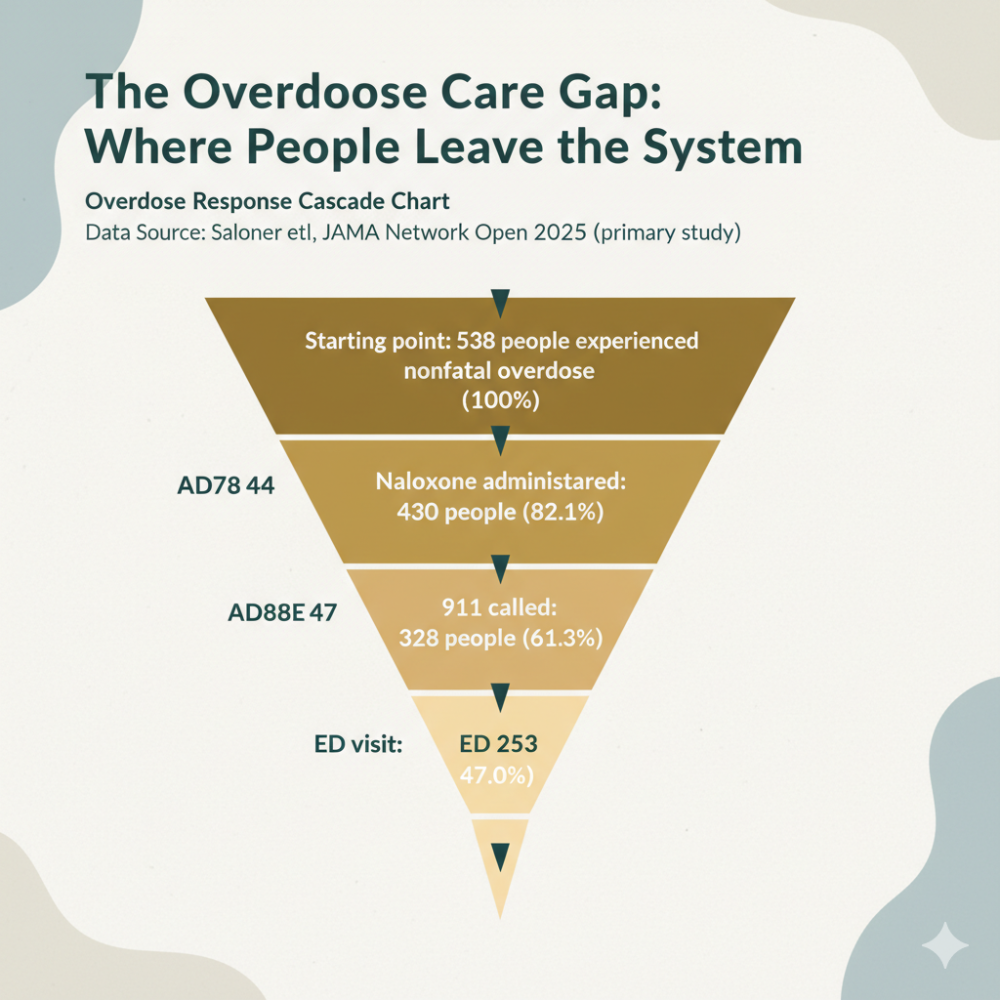Hydrocodone: The Widely Prescribed Opioid and Its Risks – Understanding Vicodin, Norco, and Lortab
Hydrocodone, much like the M30 pills previously discussed, is a powerful opioid pain reliever. It’s one of the most commonly prescribed opioids in the United States, often found in combination medications like Vicodin®, Norco®, and Lortab®. While effective for managing moderate to severe pain, hydrocodone carries a significant risk of dependence, addiction, and potentially fatal overdose. This post will explore what hydrocodone is, its common uses, how it works, and the serious dangers associated with its misuse and abuse.
What is Hydrocodone?
Hydrocodone is a semi-synthetic opioid, derived from codeine, another naturally occurring opiate. It’s classified as a Schedule II controlled substance in the US, indicating its high potential for abuse and addiction. Hydrocodone is almost always found in combination with other non-opioid pain relievers, most commonly:
- Hydrocodone/Acetaminophen: This is the most common combination, found in brand names like Vicodin®, Norco®, Lortab®, and many generic versions. The acetaminophen component (Tylenol) adds an additional pain-relieving effect but also introduces the risk of liver damage at high doses.
- Hydrocodone/Ibuprofen: This combination (e.g., Vicoprofen®) combines hydrocodone with the nonsteroidal anti-inflammatory drug (NSAID) ibuprofen.
Hydrocodone is primarily available in:
- Tablet form.
How Does Hydrocodone Work?
Like other opioids, hydrocodone works by binding to opioid receptors in the central nervous system (brain and spinal cord). These receptors are part of the body’s natural pain management system. When hydrocodone binds to these receptors:
- Reduces Pain Perception: It changes how the brain interprets pain signals, lessening the intensity of the pain experience.
- Produces Feelings of Euphoria: This “high” is a significant contributor to hydrocodone’s addictive potential. While generally less intense than the euphoria produced by stronger opioids like oxycodone or hydromorphone, it’s still a powerful reinforcing effect.
- Causes Drowsiness and Sedation: Hydrocodone depresses the central nervous system, leading to slowed breathing and decreased alertness.
- Affects the Gastrointestinal Tract: This often leads to constipation, a common side effect of opioids.
Common Uses of Hydrocodone
Hydrocodone is primarily prescribed for:
- Moderate to Severe Pain Relief: Often used for pain after surgery, dental procedures, injuries, or for chronic pain conditions that don’t respond to weaker pain relievers.
- Cough Suppression: Although less common now, some formulations of hydrocodone have been used as cough suppressants (antitussives).
The Dangers of Hydrocodone Misuse and Abuse
Despite its widespread use, hydrocodone carries substantial risks:
- Tolerance: With regular use, the body adapts to hydrocodone, requiring higher doses to achieve the same effect. This increases the risk of overdose.
- Dependence: The body becomes physically dependent on hydrocodone, meaning withdrawal symptoms occur if the drug is stopped abruptly.
- Addiction: Hydrocodone addiction is a chronic, relapsing brain disease characterized by compulsive drug-seeking and use, despite harmful consequences. Addiction can develop even when hydrocodone is initially prescribed for legitimate medical reasons.
- Overdose: Taking too much hydrocodone can depress the respiratory system to the point of failure, leading to coma and death. The risk of overdose is significantly increased when hydrocodone is combined with other depressants, such as alcohol or benzodiazepines. The presence of acetaminophen in many hydrocodone products adds another layer of danger, as high doses of acetaminophen can cause severe liver damage.
- Withdrawal: Hydrocodone withdrawal can be extremely uncomfortable. Symptoms of withdrawal can include:
-
- Anxiety and agitation
- Muscle aches
- Insomnia
- Runny nose and eyes
- Sweating
- Nausea, vomiting, and diarrhea
- Cravings
Signs of Hydrocodone Addiction
Recognizing the signs of hydrocodone addiction is crucial for seeking help:
- Taking hydrocodone in larger amounts or for longer than intended.
- Unsuccessful attempts to cut down or control hydrocodone use.
- Spending a significant amount of time obtaining, using, or recovering from the effects of hydrocodone.
- Cravings for hydrocodone.
- Continuing to use hydrocodone despite negative consequences in personal, social, or professional life.
- Neglecting responsibilities at work, school, or home due to hydrocodone use.
- Using hydrocodone in dangerous situations (e.g., driving).
- Experiencing withdrawal symptoms when not using hydrocodone.
- Developing tolerance (needing more hydrocodone to achieve the same effect).
- Doctor shopping (visiting multiple doctors to obtain more prescriptions).
- Changes in behavior, mood, or appearance
Seeking Help for Hydrocodone Addiction
Hydrocodone addiction is a serious but treatable condition. If you or someone you know is struggling with hydrocodone misuse or addiction, it’s essential to seek professional help. Treatment options may include:
- Medically Supervised Detoxification: This is often the first step, helping individuals safely manage withdrawal symptoms under medical supervision.
- Medication-Assisted Treatment (MAT): Medications like buprenorphine and naltrexone can help reduce cravings and withdrawal symptoms, making it easier to maintain recovery.
- Behavioral Therapies: Cognitive-behavioral therapy (CBT), contingency management, and other therapies help individuals identify and change the thoughts, feelings, and behaviors that contribute to addiction.
- Support Groups: Groups like Narcotics Anonymous (NA) provide peer support and encouragement.
- Inpatient/Residential Treatment: This intensive form of treatment provides 24/7 care and support in a structured environment.
- Outpatient Treatment: This allows individuals to live at home while attending therapy and support group sessions.
Conclusion
Hydrocodone is a widely prescribed opioid pain reliever with significant risks of addiction, dependence, and overdose. While effective for pain management when used as directed, its potential for misuse is substantial. Understanding the dangers of hydrocodone and recognizing the signs of addiction are crucial for preventing harm and seeking help when needed. Recovery from hydrocodone addiction is possible with the right treatment and support. If you are concerned about your own hydrocodone use, or that of a friend or family member, reach out to a medical or addiction professional.


 Steve B
Steve B 
